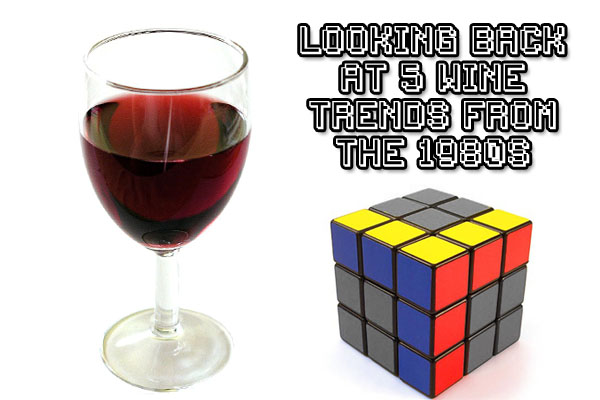
By Joseph Temple
Were you a wine drinker back in the 1970s or 1980s? If so, then you must know what happened every year on the third Thursday of November. Whether one lived in New York City, London, Paris, or Tokyo, that date on the calendar marked the arrival of the latest vintage of Beaujolais Nouveau—also known as Beaujolais Nouveau day—one of the hottest trends in the history of wine and an act of pure marketing genius.
The concept was simple: while other regions across France transferred their annual harvest to casks for months of aging, the vineyards of Beaujolais (located in Burgundy although its climate and geology differs from other areas in the region) could deliver their vin de l’année to the consumer in less than ninety days. From a late summer harvest to the dinner table just in time for the holidays, Beaujolais Nouveau, a fresh light-bodied red wine made from Gamay grapes and intended for immediate consumption became the first crack oenophiles got of that year’s vintage. But unlike the wines from Bordeaux or the Napa Valley, tasting Beaujolais Nouveau became an event like no other!
Beginning in the early 1970s, vintner Georges Duboeuf spearheaded a PR blitz to promote the region and its unique sales pitch. At first, it became a race to Paris as trucks and vans frantically headed out just after midnight on November 15—the fist day they could legally sell the wine—to the various cafes and restaurants. With signs reading “Le Beaujolais Nouveau est arrivé,” competing establishments fought tooth and nail in order to be the first to offer the newest Beaujolais to their customers. As the phenomenon quickly spread to Great Britain and later to North America and Asia, in 1988, Nouveau represented approximately 60% of all the wines produced in the region.
At Kennedy Airport in New York, models and press agents eagerly watched as the first cases arrived from Paris. By the 1980s, it was estimated that nine million bottles were shipped to over a dozen countries in a period of 4 to 5 days making it a logistical nightmare for some. And in order to capitalize on a growing international market, the rules were changed from a start date of November 15th to the third Thursday of that month. Suddenly, Beaujolais Nouveau day became the unofficial kickoff the holiday season where in the United States, this frantically vinified purple-pinkish wine was promoted as the perfect pairing for turkey on Thanksgiving.
For vintners, it was a financial boom. While other wineries would have to wait at least a year for the profits to trickle in, the Beaujolais could sell up to half the year’s crop within weeks of the annual harvest, getting paid immediately for their efforts. It was a gigantic leap from previous decades where the poor and remote region often suffered as its neighbors prospered. In fact, had it not been for its close proximity to Lyon, a city that eventually became a hotbed for gastronomic excellence, few Parisians, let alone millions across the world, may have never even tasted Beaujolais Nouveau.
Unfortunately, what goes up must eventually come down. Although there were plenty of fans, many purists scoffed at the trend, considering it heresy to drink something that had just come off the tarmac. And as the 1990s rolled on, the whole spectacle began to wear thin as Beaujolais Nouveau, described as a happy wine was considered by many to be overhyped. While some still celebrate its arrival each year, it is a shadow of its former glory. However, there is no denying the important role that Nouveau played in opening many new eyes to the wonders of drinking wine in the 70s and 80s. Making it an extravaganza that spread like wildfire across the globe, allowing individuals to partake in a history-making event is something that seems to be sorely lacking throughout the world of wine in the current era.
Sources:
Chapuis, Claude. Sustainable Viticulture: The Vines and Wines of Burgundy. Boca Raton: CRC Press, 2017.
Clarke, Oz. Oz Clarke’s New Wine Atlas: Wines and Wine Regions of the World. Boston: Houghton Mifflin Harcourt, 2002.
Harding, Julia. The Oxford Companion to Wine. Oxford: Oxford University Press, 2015.
Martin, Scott C. The SAGE Encyclopedia of Alcohol: Social, Cultural and Historical Perspectives. Thousand Oaks: SAGE Publications, 2014.
You might also like:
 |
 |
 |